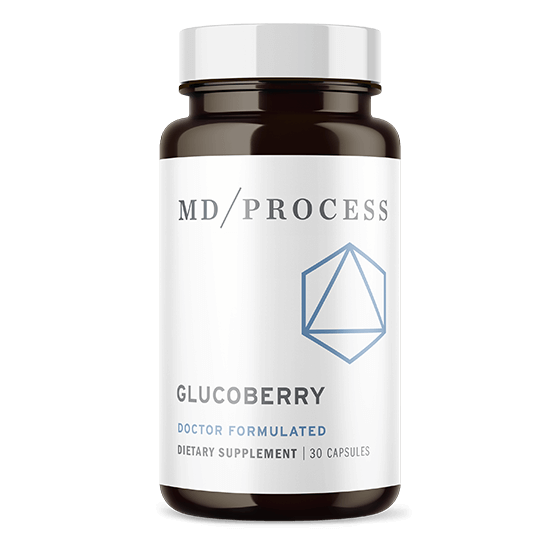Broken blood vessels are overgrowths of capillaries—i.e., small blood vessels, says Joshua Zeichner, MD, director of cosmetic and clinical research in dermatology at Mount Sinai Hospital in New York City. They tend to form when capillaries just under your skin weaken and dilate, and they can develop on other parts of the body like the neck, chest, or even the legs (known as spider veins), he adds.
While broken blood vessels can pop up on anyone’s face, they “typically develop in people with more fair skin,” says Dr. Zeichner. In most cases, they’re completely harmless. But if they bother you, you do have options.
Read on to learn what causes broken blood vessels on your face, plus how to prevent and treat them.
Causes of broken blood vessels on your face
Broken blood vessels can affect anyone, but certain factors might make you more likely to develop them on your face, specifically. These include:
1. Genetics
It’s possible you can blame your DNA for the broken blood vessels on your cheeks and nose. As Dr. Zeichner mentioned, people with fair skin are prone to broken capillaries. And those with a history of skin conditions like rosacea (more on this in a sec) are also more likely to develop broken facial capillaries, he adds.
2. Rosacea or other skin conditions
Rosacea might be the reason for your broken blood vessels. This common inflammatory skin condition causes redness on your face, and those who have it tend to develop broken capillaries, too, which look like small, red lines on the skin, says Dr. Zeichner.
Recommended Story For You :

GlucoBerry – blood sugar supplement

The alpine secret for healthy weight loss

The Most Potent Fast-Acting Formula For Incinerating Stubborn Fat

Real Cortexi Users Real Life‑Changing Results

This Cold Drink Might Trigger Your Prostate

Red Boost is a powerful new formula for boosting male sexual health.

Everything you eat or drink eventually reaches your liver for processing.

Brand New Probiotics Specially Designed For The Health Of Your Teeth And Gums

Empowering You to Take Control of Your Blood Sugar Health!


